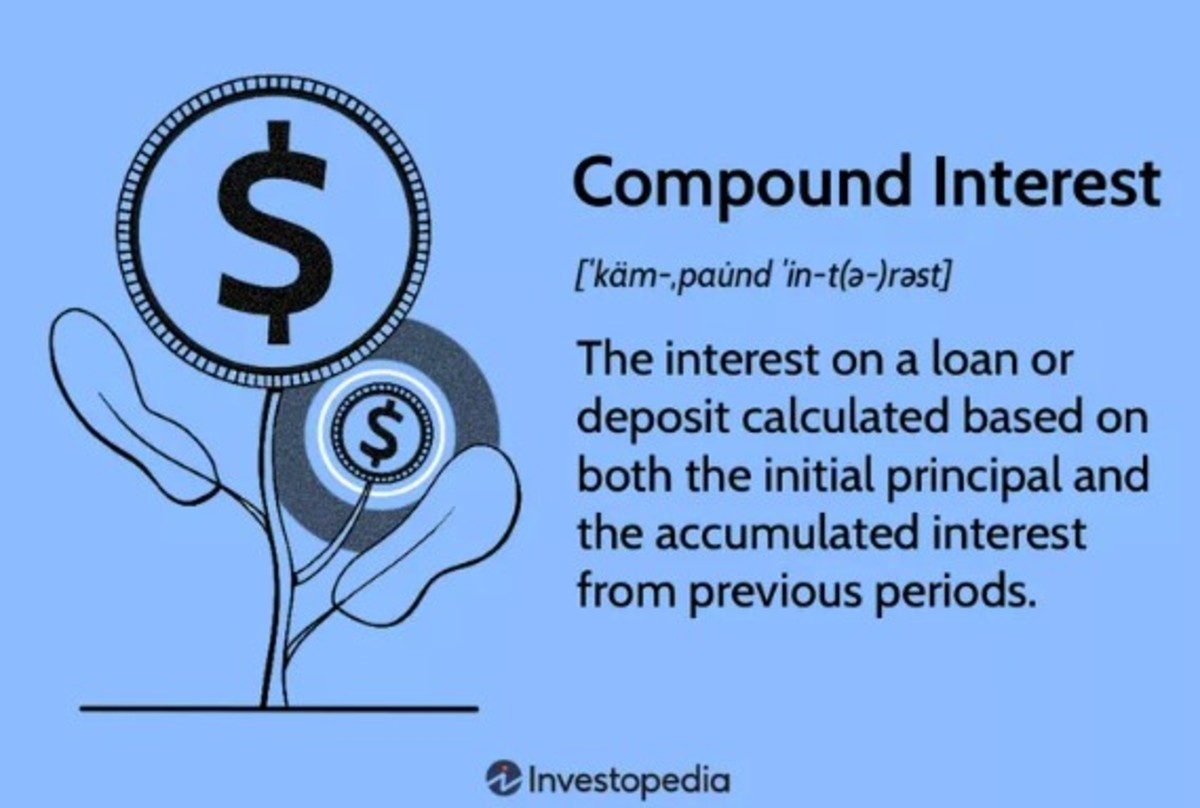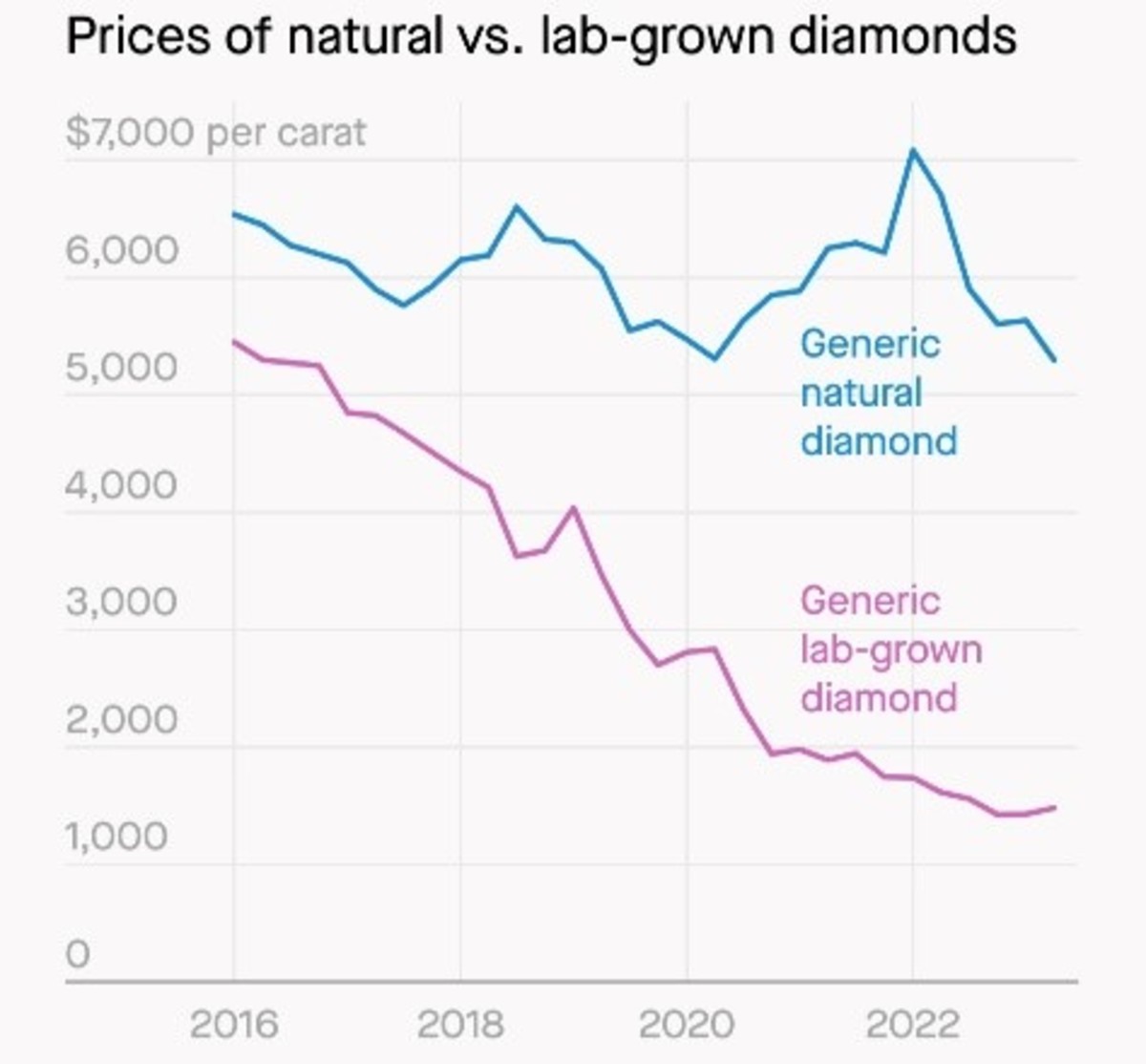Annuities: What You Need To Know

Understanding Annuities
What is an annuity ???
Annuities can generally be summarized as two basic types of insurance contracts. They are either immediate or deferred annuities. Over the years these two types of contracts have been expanded to encompass many different types of products with quite a few features and benefits. However not all are what they seem.
Immediate Annuities…
An immediate annuity can be most closely associated in its traditional form with a pension fund. An employer sponsored pension collects contributions into the fund over a period of many years from the employer and often as well from the employee. At the stated retirement date there is typically a monthly benefit for the duration of an individual’s life, or joint life should they opt to include the spouse at a reduced income. An immediate annuity functions effectively the same way. However rather than making monthly contributions, often it is a lump sum dollar value up front which is forfeited to the insurance company in exchange for a similar monthly benefit. Since you cannot be certain of your future life/joint life expectancy, it is difficult to assume a rate of return on such a contract since it is determined by the number of years paid to the beneficiaries.
These types of contracts are often suitable in cases where there is no such defined benefit and a pension is needed to solidify a retirement income. More often it is a solution best used for a retiree whom has had their company offer to them a lump sum pension and they have a need for the monthly income. A private pension has a benefit protected in the event of insolvency by the Pension Benefit Guarantee Company (PBGC) which is a creation of the US Gov’t. However that benefit is to a MAXIMUM of approximately 60% of the stated benefit. Often due to the daily dollar amount cap on payments, the benefit can be far less. However, opting for the lump sum seems to make the most sense in nearly every circumstance. Should you need such a monthly benefit as a result of a sound financial analysis, the payment will often differ only a nominal amount from a private contract with an insurance company. This is a result of the fact that insurance companies use the same actuarial data to determine life expectancy. Additionally, you have greater flexibility in terms of beneficiaries and guarantee periods. Lastly depending on the state you reside in, there may be a 100% guarantee on the value of the payment backed by a similar state created guarantee company. This is often subject to a maximum dollar value, so it is important to check with your financial planner or agent to determine whether or not it is prudent to issue more than one contract should you choose to annuitize. If offered a lump sum dollar value of a pension and there is no income need, then the option to roll the assets to an IRA or other employer plan still exists.
What if I don’t need the income ???
In examples where there is no such income need, an immediate annuity clearly would serve no purpose, and would only increase tax liability while sacrificing liquidity. However, a deferred annuity may serve a purpose. It is extremely important to be very diligent prior to purchasing a deferred annuity. Such contracts come in many forms. First there is a fixed deferred annuity. This is a contract that is simply issued for the purpose of a fixed rate of return for a specified period, not unlike a bond or other fixed income instrument. The greatest benefit is tax deferral. As a generalization, there is no benefit to making such a purchase in and IRA, as tax deferral already exists. There have been some periods in history when fixed annuity rates paid substantially higher rates than other fixed income solutions, thus justifying the purchase of such a product in and IRA based more on rate of return and not potential tax benefits. However that tends to be fairly rare.
The more complex solution is the Variable Deferred Annuity. These are the products that have generated the most confusion among investors, and sometimes the sales representatives whom are selling products with little understanding of the potential impact on a client’s financial profile. Most often these contracts are issued in today’s marketplace with what is known as a living benefit. However, a close look at such a contract may often show them to be misleading. Living benefits can mean many things. One of the most common versions of such a benefit is known as a guaranteed withdrawal benefit (GWB). An insurance company will offer you a contract with a sub account of investments that offers you the potential for growth and guarantees you and minimum withdrawal amount of 4-6% per year over the duration of your life, depending on the age in which withdrawals begin. A closer look shows you that these contacts when examined often have total fees of closer to 3%, if not more when you include the cost of insurance as well as investment cost of the sub accounts. A professional investment manager will typically charge a client closer to 1% for active portfolio management. Additionally, keep in mind that the guaranteed income is not a guaranteed rate of return on your portfolio. It simply is the percentage withdrawal of assets you can take on an annualized basis. More simply stated how much of your own money you can take back each year. The problem with this equation is that it is generally accepted in the financial planning community that there are already some constraints that must be placed on portfolio withdrawals as a percentage of assets that any good financial planner will help guide you towards.
Due to the potential risk of a downturn of your investment portfolio in the early years of your retirement (also referred to as a negative sequence of withdrawal), it is unlikely that you can depend on more than a 4-6% withdrawal rate anyway. Consider this, according to a 2009 study published in the Journal of Financial Planning (The Dynamic Implications of Sequence Risk in Portfolio Distribution), a client with an investment portfolio of 60% in equities and 40% in fixed income can draw at a rate of 4% each year for 30 years with a 95% probability of success. Success is being defined as not having depleted all assets over this 30 year period. So if you were 65 years of age, you would need to exceed age 95 just to approach a more risky zone. Furthermore, the probability of drawing the same portfolio for 50 years is about an 80% success rate. Insurance companies have studied these numbers themselves, and are more than obliged to charge you in excess of 3% per year to make a guarantee to you that you will never likely deplete all assets. These have become in our view an extremely popular marketing play on client fears, in exchange for exorbitant fees.
Are all Variable Annuities Bad ???
Absolutely not…Like any financial product, they just need to be used appropriately. The most appropriate time to utilize a variable annuity is in cases of relatively high cash flow to invest for an extended duration of time. Typically that would mean a minimum of 10 years. It’s also important to note that these contracts should be used for tax deferral first. That means it is not prudent to use such an approach until you have first maximized contributions to employer sponsored retirement plans as well as IRA contributions. Once such options have been exhausted, there are a number of mutual fund companies that now offer deferred variable annuities with little or no such insurance components. This keeps expenses down and serves you better by focusing on tax deferral first. Currently one such example is Vanguard whom offers such a product with an M&E insurance cost for as little as 0.35%. Annuities can serve other purposes such as a tax deferred approach for educational funding which may help in obtaining financial aid. However, because they are classified as a retirement account other restrictions can exist. Furthermore, some contracts have restrictions even with the low expenses that provide excellent tax benefits while accumulating wealth, but can be very tax inefficient to pass through ones estate to their heirs. This is due to the fact that distributions of gains a reported as ordinary income with no step up in cost basis at death. So having your financial planner consult with your tax advisor or estate attorney is advisable. It is important that the advice you receive be based on an unbiased approach that is not rooted in commissionable sales.
As always our view at Landmark is that each client situation is unique and should be treated as such.
Suggested Reading
- How To Handle Your Pension Options
Over the years one common choice I have seen clients faced with is whether or not to opt for a lump sum pension benefit when it is offered to them at retirement versus accepting the monthly annuity payment from the company. Let me first start by... - Should I Buy an Annuity...What You Need To Know
What is an annuity ??? Annuities can generally be summarized as two basic types of insurance contracts. They are either immediate or deferred annuities. Over the years these two types of contracts have been expanded to encompass many different... - ETF's vs Closed-End Funds ???
The difference between a traditional exchange traded fund (ETF) and an actively managed closed end fund are several. However, there are certain basic features that one should understand before utilizing these solutions as investment options. The... - The Importance of Asset Allocation
When building and investment strategy we often hear the term “diversification” Yet and equally important concept is “Asset Allocation” It has been shown via numerous studies that the proper allocation can account for better than 90% of long... - The Impact of Retirement Distributions in Volatile M...
Over the last fifteen years in the financial planning field, the most commonly expressed concern I have heard from a retiree/pending retiree has been…Will I run out of money ??? When examining this question there are many variables to be concerned... - The Case for Alternative Investment Strategies
One of the lessons of 2008, and even the more recent market volatility is that portfolio management has become more dynamic. Traditional asset allocation models of equities, fixed income, and cash equivalents may not be sufficient for more growth... - Should I Pay off My Mortgage Early ???
For many Americans, the ability to pay down their mortgage sooner is simply not realistic. However in some cases it is quite possible. The Question of whether or not you should accelerate mortgage payments or use liquid cash to cover eliminate the... - What should your Financial Advisor ask you ???
Often we read articles & commentary about what to ask your financial advisor. But what should your financial advisor be asking you. Often times that alone can tell you whether or not you are engaged in a financial advisory relationship that is in - Passive vs Active Management…The Case for ETF’s
There has been an ongoing debate for decades about the benefits of actively managed mutual funds versus their passive counterparts. Those counterparts would be the exchange traded fund market (ETF’s) as well as traditional index funds. Those in... - Bonds vs Bond Funds ???
While over the years the community of investment professionals nearly universally agree that most every client should own some form and percentage of fixed income as part of their asset allocation strategy…Over the years there has been an ongoing...








